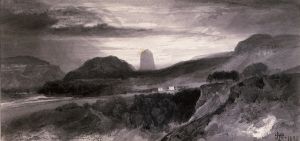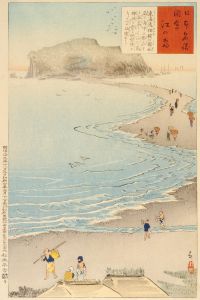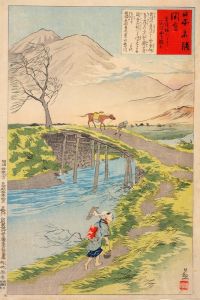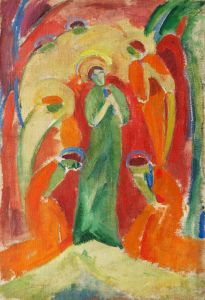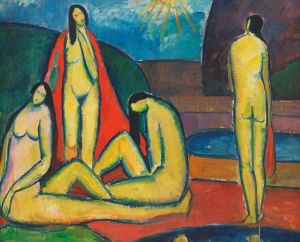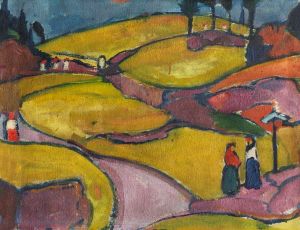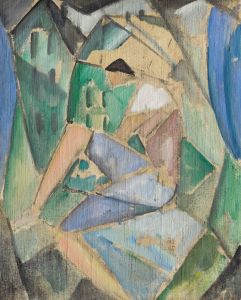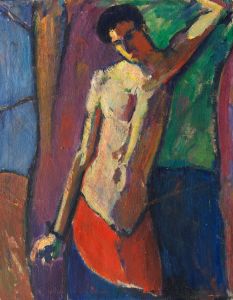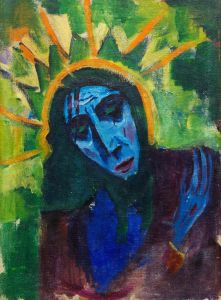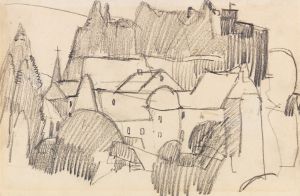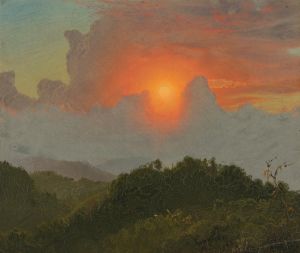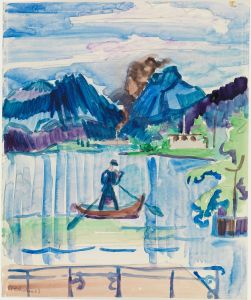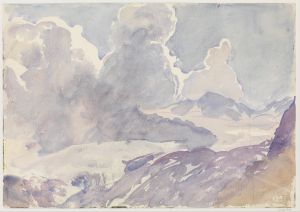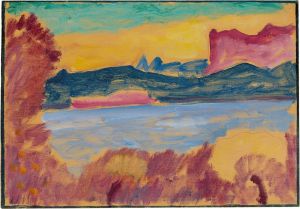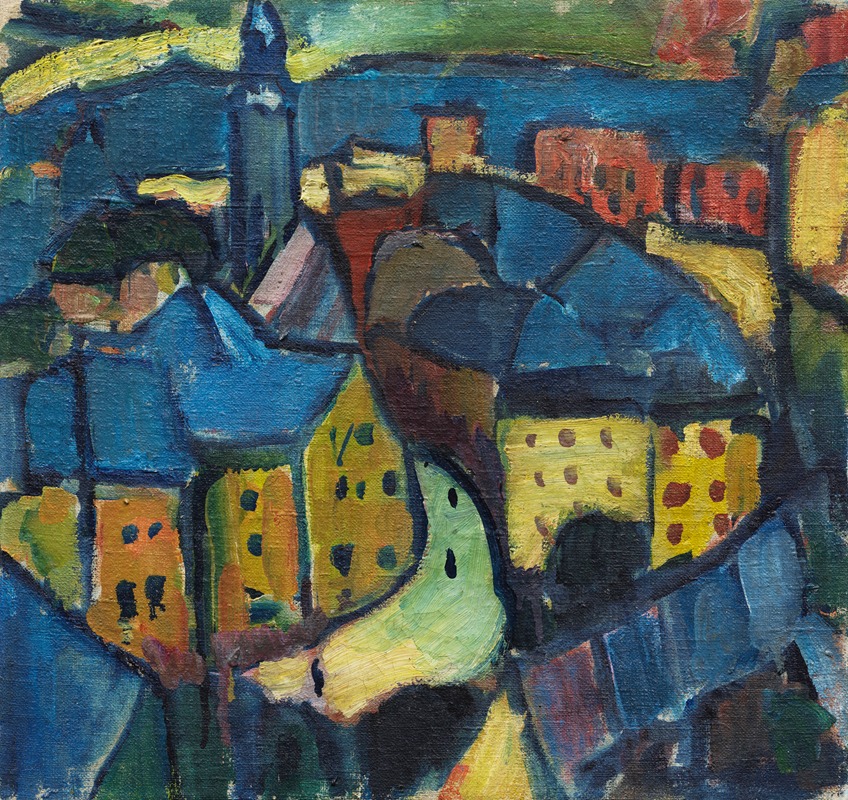
Montjoie
A hand-painted replica of Hermann Stenner’s masterpiece Montjoie, meticulously crafted by professional artists to capture the true essence of the original. Each piece is created with museum-quality canvas and rare mineral pigments, carefully painted by experienced artists with delicate brushstrokes and rich, layered colors to perfectly recreate the texture of the original artwork. Unlike machine-printed reproductions, this hand-painted version brings the painting to life, infused with the artist’s emotions and skill in every stroke. Whether for personal collection or home decoration, it instantly elevates the artistic atmosphere of any space.
Hermann Stenner (1891–1914) was a German Expressionist painter whose career was tragically cut short by his death during World War I. Among his notable works is the painting Montjoie, created in 1913. This artwork is considered a significant example of Stenner's mature style, which reflects the influence of the Expressionist movement and his engagement with modern artistic trends of the early 20th century.
Montjoie was painted during a particularly productive period in Stenner's life. In 1913, he participated in the "Erster Deutscher Herbstsalon" (First German Autumn Salon) in Berlin, an exhibition organized by the gallery Der Sturm, which showcased avant-garde art from across Europe. This event placed Stenner among the leading figures of the Expressionist movement, alongside artists such as Wassily Kandinsky, Franz Marc, and August Macke. While it is unclear whether Montjoie was exhibited at this event, the painting embodies the vibrant colors, dynamic forms, and emotional intensity characteristic of Expressionism.
The title Montjoie may refer to the French term meaning "mountain of joy" or a historical rallying cry, though the exact inspiration for the title remains uncertain. The painting itself features bold, expressive brushstrokes and a vivid color palette, which are hallmarks of Stenner's work. It reflects his interest in exploring the emotional and spiritual dimensions of art, a theme that resonated with many Expressionist artists of his time.
Stenner's artistic development was influenced by his studies under Adolf Hölzel at the Academy of Fine Arts in Stuttgart. Hölzel's emphasis on color theory and abstraction had a profound impact on Stenner's approach to painting. Additionally, Stenner was associated with the Blue Rider (Der Blaue Reiter) group, though he was not an official member. His work shares affinities with the group's focus on spiritual expression and the use of color as a means of conveying emotion.
Tragically, Hermann Stenner's promising career was cut short when he was drafted into military service during World War I. He died in 1914 at the age of 23, leaving behind a body of work that offers a glimpse into the potential he might have realized had he lived longer. Montjoie remains a testament to his talent and his contributions to the Expressionist movement during its formative years.
Today, Montjoie and other works by Stenner are held in various collections, including the Hermann Stenner Museum in Bielefeld, Germany, which is dedicated to preserving and promoting his artistic legacy.





